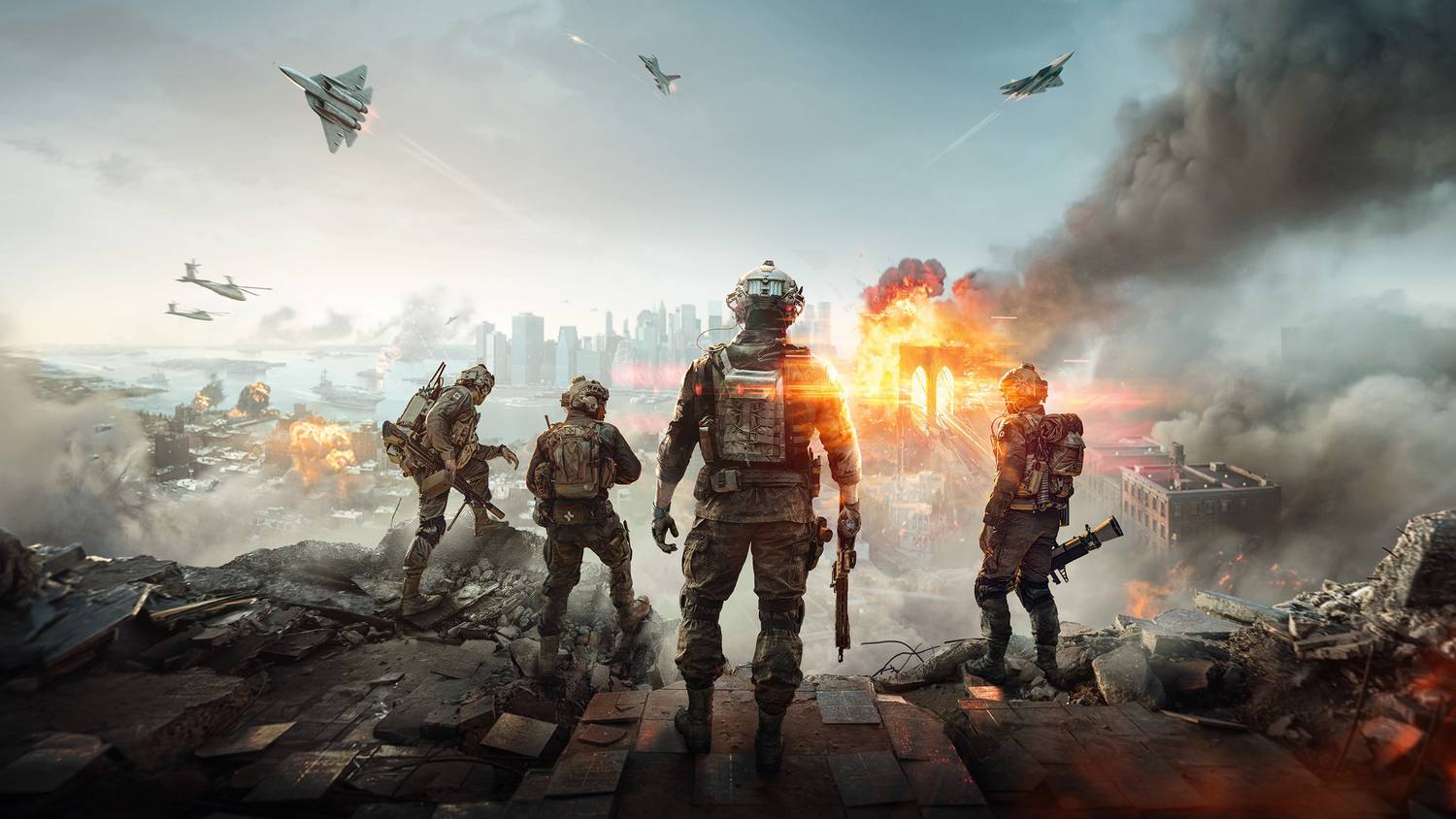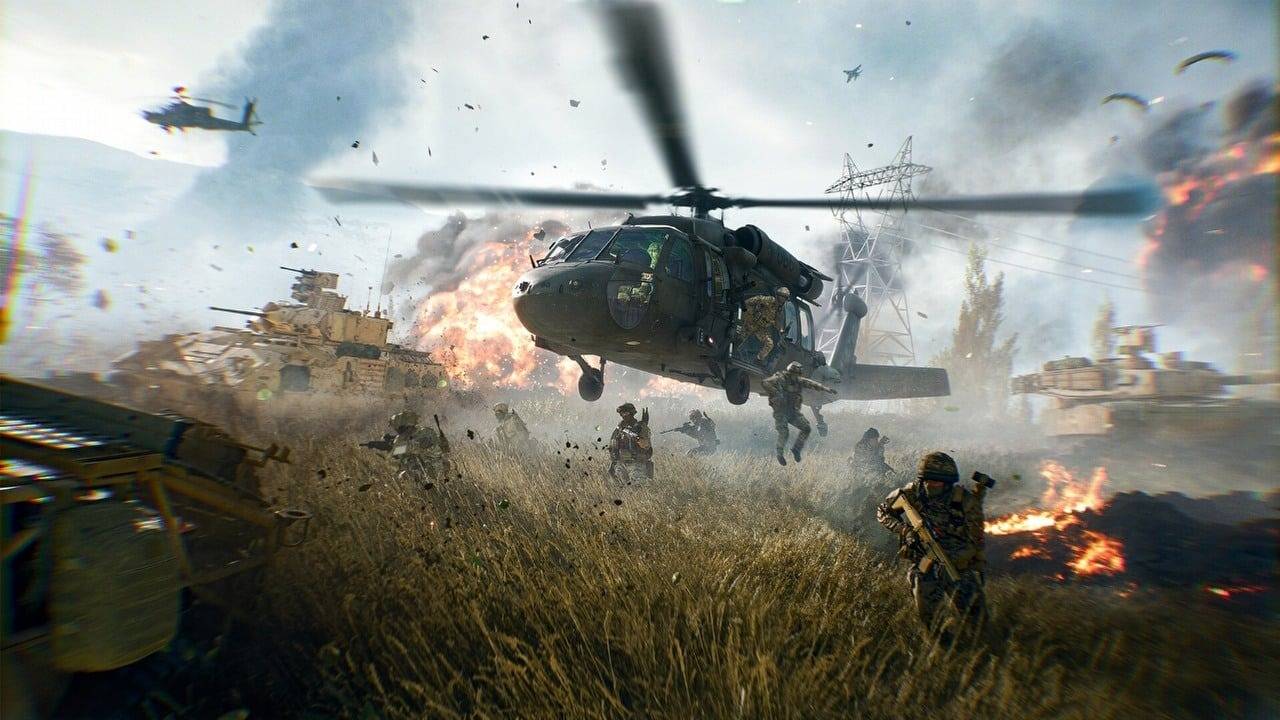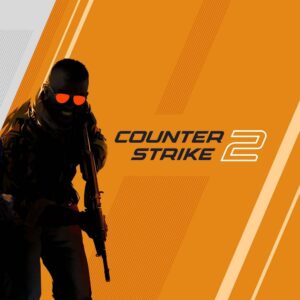A Queue For the Ages: Why Battlefield 6’s Launch Day Server Jams Were Predictable and Intentional
Popular Now
 Garena Free Fire: Kalahari
Garena Free Fire: Kalahari
 NBA 2K24
NBA 2K24
 CarX Street
CarX Street
 Candy Crush Saga
Candy Crush Saga
 Among Us
Among Us
 Toca Boca World
Toca Boca World
 FIFA 23
FIFA 23
 Free Fire Max
Free Fire Max
 League of Legends
League of Legends
 Rust
Rust
 The highly anticipated launch of Battlefield 6 has been met with a familiar, yet frustrating, obstacle: staggering server queues and max capacity errors. Within minutes of the game going live on Friday, October 10, 2025, concurrent player counts soared past the 600,000 mark on a single platform (Steam), cementing the title’s status as a top-tier AAA release. However, this immediate surge in player traffic has resulted in wait times stretching into the hundreds of thousands, leaving countless eager players in limbo. While mass-market server strain at a major launch is not uncommon, the narrative surrounding BF6 suggests that these queues were not a failure, but a calculated and strategic deployment designed by the developers to ensure server stability during the most demanding initial ‘peak moments.’
The highly anticipated launch of Battlefield 6 has been met with a familiar, yet frustrating, obstacle: staggering server queues and max capacity errors. Within minutes of the game going live on Friday, October 10, 2025, concurrent player counts soared past the 600,000 mark on a single platform (Steam), cementing the title’s status as a top-tier AAA release. However, this immediate surge in player traffic has resulted in wait times stretching into the hundreds of thousands, leaving countless eager players in limbo. While mass-market server strain at a major launch is not uncommon, the narrative surrounding BF6 suggests that these queues were not a failure, but a calculated and strategic deployment designed by the developers to ensure server stability during the most demanding initial ‘peak moments.’
Developer Strategy: The Planned Queue System for Stability
Ahead of the global release, the official Battlefield Comms channel issued a statement confirming the implementation of a queue system. This was a clear pre-emptive measure, not a post-launch scramble. The statement read: “Battlefield 6 launches today at 15:00 UTC and we anticipate many of you to login at the same time during this initial moment. To help ensure a smooth and stable login experience for everyone, we’re adding a queue system during this and other peak moments. Thanks for your patience as we launch Battlefield 6!”
This admission reveals a core industry understanding: the cost-benefit analysis of massive server over-provisioning versus a controlled, queued launch. By deliberately setting a player-limit gate, the developers are able to mitigate the risk of a total server collapse—a catastrophic event that has plagued numerous other major game launches. The primary goal is to maintain server uptime and a stable login experience for the players currently in-game, sacrificing instant access for overall reliability. This decision prioritizes long-term player retention over immediate day-one access for everyone.
 The Economics of Server Capacity and High-CPC Keywords
The Economics of Server Capacity and High-CPC Keywords
The enormous concurrent player numbers are a strong indicator of the game’s commercial success, directly correlating with high-value search terms and high-CPC (Cost Per Click) keywords in the gaming and tech advertising space, such as “Battlefield 6 launch issues,” “BF6 server status,” and “best new FPS game 2025.” The financial implications of maintaining a game of this scale are immense, and server capacity is a major line item in the budget.
The Strategic Trade-off: Queue Time vs. Server Crash
The peak-load demand of a launch day is often an outlier compared to the game’s sustained average player count months later. Investing in enough hardware to instantly accommodate every player on day one is financially inefficient, as that hardware would largely sit idle post-launch. The queue is effectively a sophisticated bottleneck that ensures the current server infrastructure operates within its optimized threshold, preventing costly and reputation-damaging outages. This AAA gaming launch strategy is a calculated risk—a brief period of high-volume frustration for guaranteed infrastructure health.
- Mitigating Risk: The queue prevents the ‘thundering herd’ problem, where a massive influx of concurrent connections overwhelms authentication and game servers, leading to widespread disconnects and data corruption.
- Stress Testing: The intentional throttling allows the development team to monitor real-world peak demand and allocate additional server resources incrementally and strategically, ensuring optimal player experience post-launch window.
- Player Sentiment: While frustrating, quick-moving queues are generally viewed more favorably by the gaming community than complete inaccessibility or constant disconnections. Early reports suggest that even queues of over 100,000 players were clearing surprisingly fast, sometimes in minutes, reinforcing the notion that the system is efficient.
The Early Review: Gameplay and Technical Performance Post-Queue
Once players navigate the initial queue, the sentiment about the actual gameplay of Battlefield 6 has been overwhelmingly positive, suggesting that the development effort was heavily concentrated on the in-game experience, not just the front-end login. Early reviews are praising the return to form for the franchise, highlighting the massive multiplayer battles, innovative destruction engine, and refined class-based warfare.
Key Gameplay Highlights:
The latest iteration is noted for its high technical fidelity and the scale of its maps. The review consensus points to:
- Next-Gen Destruction: Environmental damage is more dynamic and strategic than ever before, fundamentally changing how maps are played over the course of a match.
- Squad Dynamics: A renewed focus on team play and the traditional class structure has revitalized the core “Battlefield feel,” making teamwork a necessity for victory.
- Weapon & Vehicle Balance: Initial reports suggest a more balanced sandbox compared to the franchise’s recent entries, though the community will undoubtedly find new meta strategies in the coming weeks.
The brief inconvenience of the login queue, therefore, appears to be an acceptable trade-off for a polished and stable in-game environment, a stark contrast to the troubled launches of previous titles in the genre. This calculated deployment is a testament to the evolving—and often pragmatic—strategies employed by Electronic Arts (EA) and Battlefield Studios to manage a truly global, high-volume release. The long queues are not a sign of unpreparedness, but rather a direct confirmation of the game’s massive popularity and a controlled response to unprecedented launch-day demand for one of the most significant first-person shooter (FPS) games of the year. Investors and gaming stock analysts are undoubtedly monitoring these metrics closely, as the initial player volume translates directly into monetization opportunities and the game’s long-term commercial outlook.
Disclaimer: This article is based on news reports and community feedback following the October 10, 2025, launch of Battlefield 6, including official statements from EA and Battlefield Studios. Server stability and queue times are subject to constant change as the developers continue to scale their infrastructure.










